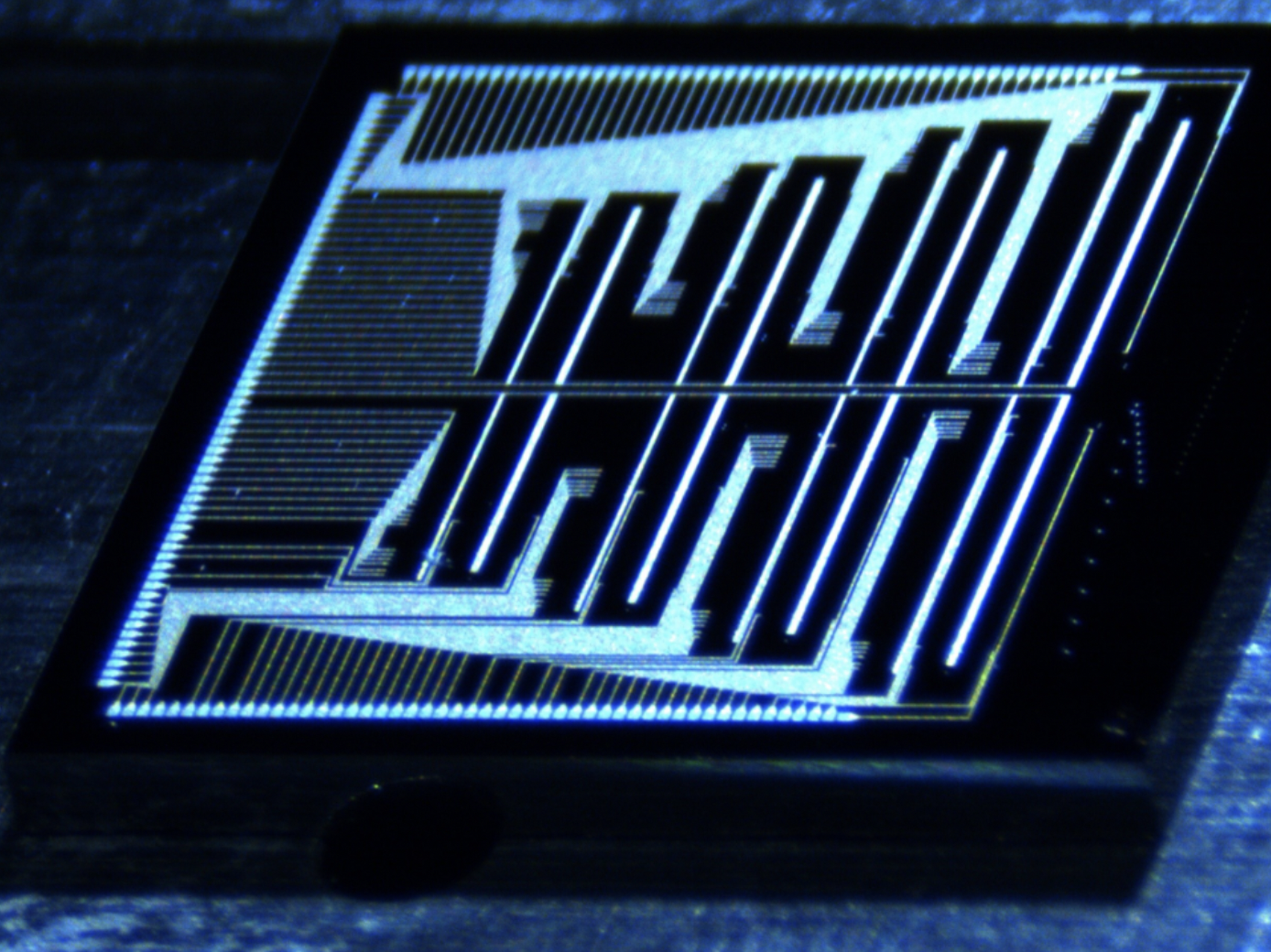The Semiconductor Research Corporation (SRC)’s Joint University Microelectronics Program 2.0 (JUMP 2.0), a consortium of industrial partners in cooperation with the Defense Advanced Research Projects Agency (DARPA), has announced the creation of the $32.7 million Center for Heterogeneous Integration of Micro Electronic Systems (CHIMES). Led by Penn State, the new center will bring together 14 U.S. university partners, including the George Washington University (GW), to explore next generation chip technologies that will support and accelerate the next wave of chip manufacturing and prototyping.
CHIMES is one of seven academic research centers funded through the JUMP 2.0 initiative for improving the performance, efficiency, and capabilities of electronic systems for emerging commercial and defense applications. CHIMES participants will explore 23 research tasks through four themes aimed at advanced monolithic and heterogeneous integration under four synergistic themes, which include system-driven functional integration and aggregation; monolithic 3D densification and diversification on silicon platform; ultra-dense heterogeneous interconnect and assembly; and materials behavior, synthesis, metrology, and reliability.
Volker Sorger, head of the Devices & Intelligent Systems Group and Professor of Electrical and Computer Engineering at GW, will lead one of four themes within CHIMES focused on ultra-dense heterogeneous interconnect and assembly.
“Optical chip interconnects or photonic accelerators, dense electrical vias connecting transistors, chip heat dissipation strategies and other emerging technologies, along with novel chip packaging approaches, are critical pillars for next generation chip manufacturing,” Sorger said.


